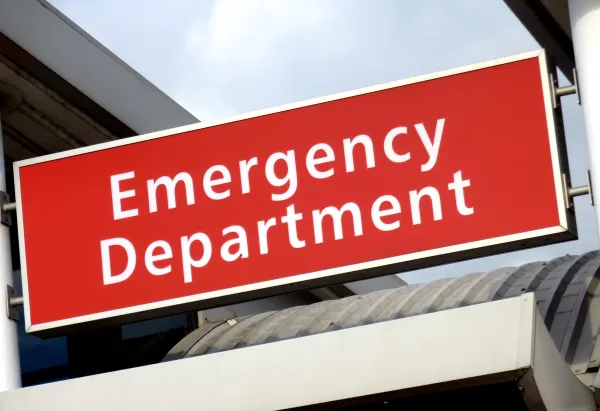ED Coding and Reimbursement Alert
ICD-10 Coding:
3 Case Studies Help You Follow the Clues to the Right Diagnosis Code
Published on Mon Jul 12, 2021

You’ve reached your limit of free articles. Already a subscriber? Log in.
Not a subscriber? Subscribe today to continue reading this article. Plus, you’ll get:
- Simple explanations of current healthcare regulations and payer programs
- Real-world reporting scenarios solved by our expert coders
- Industry news, such as MAC and RAC activities, the OIG Work Plan, and CERT reports
- Instant access to every article ever published in Revenue Cycle Insider
- 6 annual AAPC-approved CEUs
- The latest updates for CPT®, ICD-10-CM, HCPCS Level II, NCCI edits, modifiers, compliance, technology, practice management, and more
Related Articles
Other Articles in this issue of
ED Coding and Reimbursement Alert
- ICD-10 Coding:
3 Case Studies Help You Follow the Clues to the Right Diagnosis Code
Hint: Diagnosis codes alone won’t support medical necessity. Your emergency department doesn’t just see patients [...] - HIPAA:
Evaluate Your ED’s Privacy Compliance With a Few Simple Tips
The government is ramping up HIPAA violations, not slowing them down. When the ED gets [...] - ICD-10 Coding:
Differentiate Sequela From Manifestation to Pinpoint Diagnosis Code
Take the extra time to read the guidelines before you select a code. You may [...] - You Be the Coder:
How Should You Report Ventricular Tachycardia?
Question: My ED physician documented a diagnosis of ventricular tachycardia. Which ICD-10-CM code should I [...] - Reader Questions:
What’s ‘Diabetes 1.5’?
Question: Our provider recently documented a patient as having both type 1 and type 2 [...] - Reader Questions:
Decide Whether Diarrhea Is a Colitis Symptom
Question: The indication of my provider’s report details the patient having both diarrhea and colitis. [...] - Reader Questions:
UHC Delays New ED Policy
Question: When will UnitedHealthcare begin its new policy of denying ED facility visits that it [...] - Reader Questions:
Can You Differentiate EMR From EHR?
Question: At our ED, we often use the terms EMR and EHR interchangeably, but our [...]
View All




